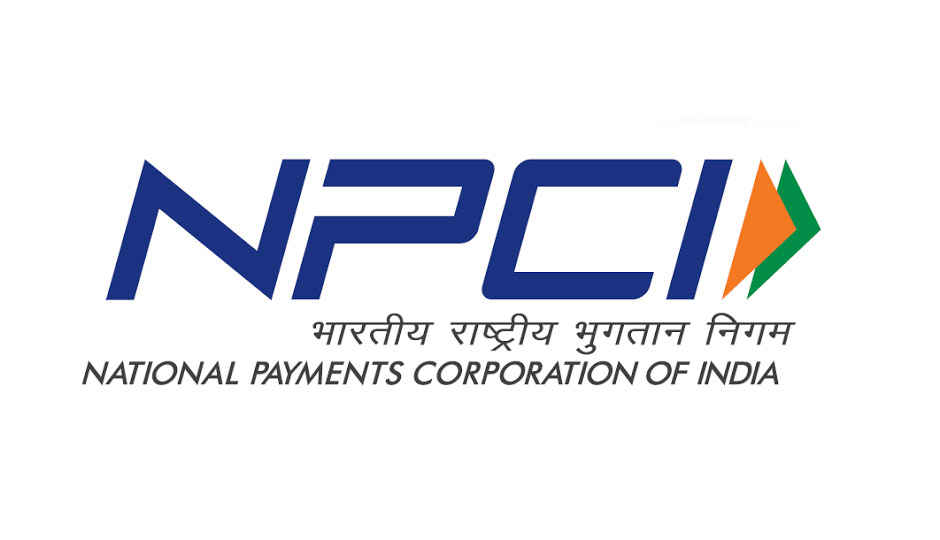Everything you need to know about UPI

With 21 banks launching UPI service, here's the new payment method from NPCI demystified!
The National Payments Corporation of India had announced the Unified Payments Interface back in April this year. It was launched as a test project with multiple banks being given the targets for successfully developing and launching their own UPI app. So far, it was primarily being tested with employee-customers to ensure that there are no technical glitches. In the next few days, 21 such banks will be launching their own UPI services, with 19 of them launching their own apps. With this in perspective, it might seem a bit confusing to you with so many options telling you to do the same thing. We’ve got your back. Here are a few common questions about UPI and their answers –
What is UPI?
A new payment method that is based on the previous layer of IMPS. This method allows you to create a virtual address associated with your bank account – like ‘xyz@mybank.com’. This virtual address can be used to receive as well as pull payments.
How is this different?
For IMPS or other fund transfer methods, the receiver had to reveal a number of details about their bank account like the account number, IFSC code etc. With the virtual address, none of that data has to be shared, and money can be transferred with just the virtual address. It is almost as simple as sending an email. This allows the customer to freely share the financial address with others. A customer can also decide to use the mobile number as the name instead of the short name for the virtual address like 1234567890@xyz. It also provides an option for scheduling push and pull transactions for various purposes like sharing bills among peers
Is it secure?
As per directives issued by NPCI, all banks have to implement a separate app login for their UPI apps. On top of that, each transaction has to be authenticated by M-PIN. So this does follow the two factor authentication rule and is quite secure.
How to get started?
The banks which are coming out with their own UPI app are:
Andhra Bank, Axis Bank, Bank of Maharashtra, Bhartiya Mahila Bank, Canara Bank, Catholic Syrian Bank, DCB Bank, Federal Bank, ICICI Bank,TJSB Sahakari Bank, Oriental Bank of Commerce, Karnataka Bank, UCO Bank, Union Bank of India, United Bank of India, Punjab National Bank, South Indian Bank, Vijaya Bank, YES Bank
If your bank is in the above list, all you will need to do is download the respective app, add your bank details and create respective virtual IDs to get started. If your bank is an issuer, like IDBI Bank and RBL Bank, then you can download the UPI app from any bank above and add your account there.
I can’t see my bank’s UPI app.
At the time of this being written, only Axis Bank has come out with their UPI app Axis Pay. This app allows customers from any bank to sign up and create a virtual payment address. Some of its features are:-
- Axis Bank or Non Axis Bank customers can send money or ask for money using the Axis Pay app, without knowing their bank account details
- Transfer funds to a Virtual Payment Address or to an Account Number
- Add beneficiary instantly by just using Virtual Payment Address (VPA). No need to remember or enter the bank account number and IFSC
- Check balance of linked bank accounts
- Fund transfers are instant, 24*7, 365 days and absolutely free of cost and take place in a completely safe and secure way
What is the ‘push-pull’ payments feature and how does it work?
Up until now, payments could only be sent by a person, i.e ‘pushed’ out from their account. With UPI, payment requests can also be sent to ‘pull’ payments into the account. After you have added your account as well as a couple of contacts to the UPI app of your choice using virtual address, sending and receiving money is just a matter of selecting the correcting receiver/sender, entering the amount and the mPIN. Each app might have its own way of depicting the ‘Requests’ section. With Axis Pay, pending send requests show up at the ‘Send’ screen and can be approved right away.




